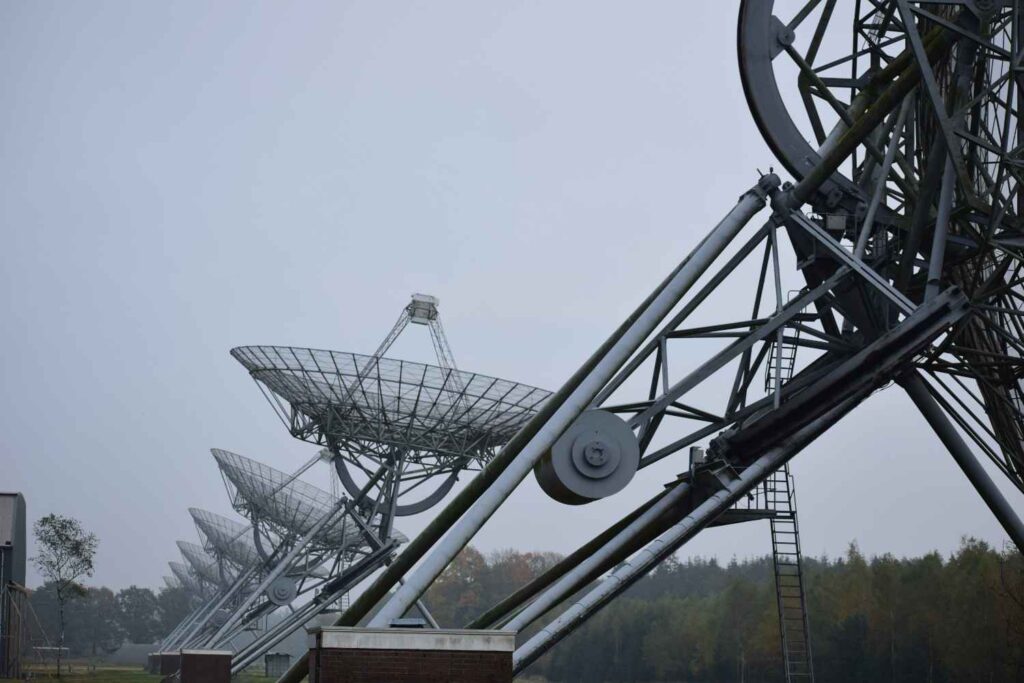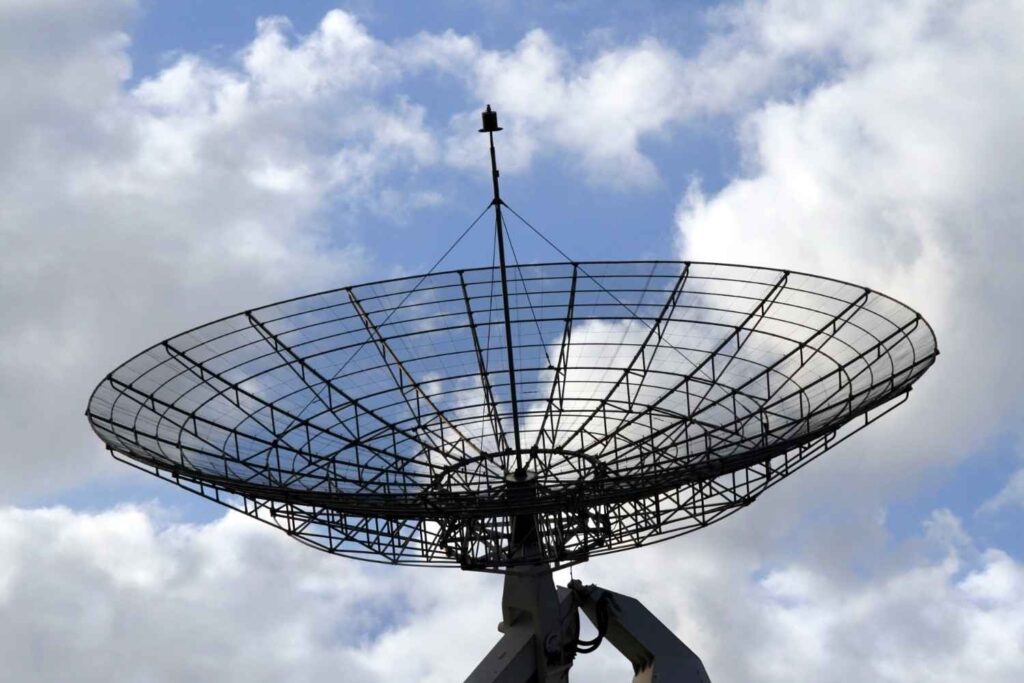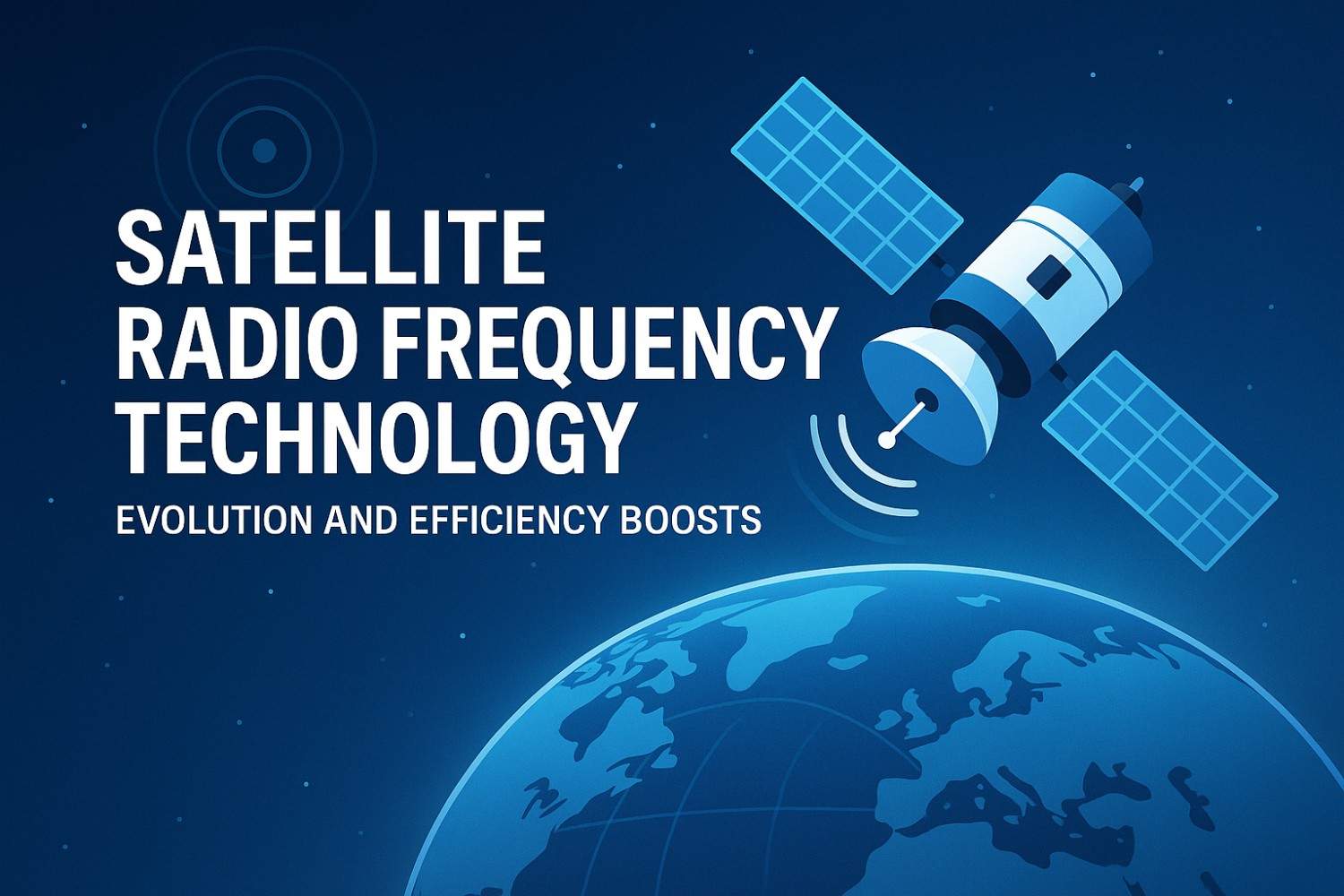Satellite communication has transformed how we access information, entertainment, and emergency services across the globe. From GPS navigation to weather forecasting, satellite radio frequency technology enables critical infrastructure that billions of people rely on daily.
Current Satellite Radio Technology and Its Limitations
Modern satellite radio systems operate across various frequency bands, each with distinct characteristics and applications. C-band frequencies (4-8 GHz) offer reliable transmission through adverse weather conditions but require large antennas. Ku-band (12-18 GHz) provides higher data rates with smaller ground equipment, while Ka-band (26.5-40 GHz) delivers exceptional bandwidth capacity despite increased susceptibility to rain fade.
Traditional satellite systems face several key limitations that impact their efficiency and cost-effectiveness. Spectrum scarcity remains a primary concern as regulatory bodies allocate finite frequency ranges among competing services. The challenge intensifies as more satellites launch and existing operators expand their coverage areas.

Power constraints also limit current technology. Satellites must balance transmission power against battery life and solar panel capacity. Higher power consumption reduces operational lifespan and increases launch costs. Additionally, interference between adjacent satellites and terrestrial systems creates operational complexities that require careful frequency coordination.
Latency presents another significant hurdle, particularly for geostationary satellites positioned 35,786 kilometers above Earth. The inherent signal delay affects real-time applications like video conferencing and online gaming, making terrestrial alternatives more attractive for these use cases.
Advances in Radio Frequency Management
Spectrum management has evolved dramatically through sophisticated algorithms and artificial intelligence. Dynamic spectrum allocation allows satellites to adjust their frequency usage based on real-time demand and interference patterns. These systems continuously monitor the radio environment and automatically shift to optimal frequencies, maximizing throughput while minimizing conflicts with other services.
Cognitive radio technology represents a major breakthrough in spectrum efficiency. These intelligent systems learn from past transmission patterns and environmental conditions to predict optimal frequency selections. By analyzing historical data and current interference levels, cognitive radios can identify underutilized spectrum segments and adapt their operations accordingly.
Beamforming technology has also advanced significantly. Modern satellites use phased array antennas that can electronically steer narrow beams toward specific geographic areas or user terminals. This precise targeting reduces interference with adjacent coverage areas and allows frequency reuse across different beam patterns. Advanced beamforming systems can create dozens of simultaneous beams, each serving different user groups without mutual interference.
Frequency reuse schemes have become increasingly sophisticated. Engineers now implement complex patterns that allow the same frequencies to serve multiple coverage areas simultaneously. These patterns consider terrain features, user density, and interference potential to maximize spectrum utilization while maintaining service quality.

Bandwidth Efficiency Breakthroughs
Compression techniques have revolutionized how satellites handle data transmission. Modern algorithms can reduce file sizes by 80-90% without significant quality loss, dramatically increasing the effective capacity of existing satellite links. Video compression standards like H.265 and AV1 enable high-definition content delivery over bandwidth-limited satellite connections.
Advanced modulation schemes represent another major efficiency gain. While traditional systems used simple modulation formats like QPSK (Quadrature Phase Shift Keying), newer satellites employ sophisticated techniques like 256-QAM (Quadrature Amplitude Modulation). These methods encode more bits per symbol, effectively multiplying data throughput without requiring additional spectrum.
Adaptive modulation systems automatically adjust their encoding complexity based on channel conditions. During clear weather, satellites can use high-order modulation for maximum data rates. When rain or atmospheric conditions degrade the signal, the system automatically switches to more robust modulation schemes that maintain connectivity despite reduced throughput.
Error correction coding has also improved substantially. Modern satellites use low-density parity-check (LDPC) codes and turbo codes that can recover data from severely degraded signals. These techniques allow satellites to operate at lower power levels while maintaining reliable communication, extending satellite lifespan and reducing operational costs.
Multiple-input, multiple-output (MIMO) technology has migrated from terrestrial wireless systems to satellite communications. By using multiple antennas on both satellites and ground stations, MIMO systems can transmit multiple data streams simultaneously over the same frequency band. This approach effectively multiplies channel capacity without requiring additional spectrum allocation.
Current Challenges and Future Research Directions
Inter-satellite interference continues to challenge engineers as satellite constellations grow larger and more complex. Low Earth Orbit (LEO) mega-constellations like Starlink and Project Kuiper will deploy thousands of satellites, creating unprecedented coordination requirements. Researchers are developing machine learning algorithms that can predict and mitigate interference patterns across these massive networks.
Atmospheric effects remain a significant obstacle, particularly for higher frequency bands. Rain fade, atmospheric scintillation, and ionospheric disturbances can severely degrade satellite signals. Future research focuses on adaptive power control systems that can compensate for these effects in real-time, maintaining consistent service quality regardless of weather conditions.
Ground infrastructure limitations also constrain system performance. Many regions lack the fiber optic networks and power infrastructure necessary to support advanced satellite terminals. Researchers are exploring solar-powered terminals and mesh networking approaches that can extend satellite coverage to underserved areas without requiring extensive ground infrastructure.

Regulatory frameworks struggle to keep pace with technological advances. International coordination becomes increasingly complex as new frequency bands are allocated and satellite constellations span multiple countries. Future regulatory approaches may need to embrace more flexible, technology-neutral frameworks that can adapt to rapid innovation cycles.
Security concerns are growing as satellite communications, including satellite hotspots, become more critical to global infrastructure. Researchers are developing quantum-resistant encryption methods and secure beamforming techniques that can protect satellite communications from emerging cyber threats.
Conclusion
The combination of artificial intelligence, materials science, and signal processing will significantly improve satellite communication efficiency. Machine learning algorithms, in particular, will optimize all aspects of satellite operations, leading to self-managing networks that can adapt to new conditions automatically.






